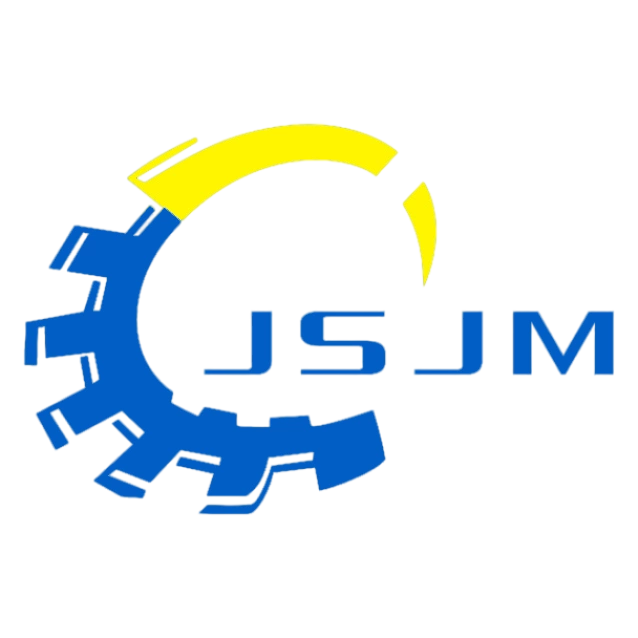De la design la produsul finit: procesul complet de dezvoltare a matrițelor
Când vorbim despre dezvoltarea matrițelor este un proces care începe de la etapa de design și se încheie cu producția de produse finale. În ghidarea clienților prin această călătorie complexă, JSJM Technology acționează ca un producător de matrițe prin oferirea tuturor sfaturilor necesare, sporind astfel precizia și eficiența la fiecare pas.
Conceptualizare și Design
Prima etapă a dezvoltării matrițelor implică conceptualizarea. Acest pas are ca scop traducerea cerințelor clienților în designuri funcționale. Unele dintre factorii care ar trebui luați în considerare în acest moment includ aplicația intenționată a piesei turnate, selecția materialului și volumul de producție necesar.
Proiectare pentru Fabricare (DFM)
În timpul etapei de proiectare, există o nevoie de Proiectare pentru Fabricabilitate (DFM). Aceasta ajută la asigurarea că designul matriței este optimizat pentru o producție eficientă prin minimizarea problemelor precum deformarea, urmele de scufundare sau vestigiile porților.
fabricarea de mucegaiuri
Următorul pas după finalizarea designului este fabricarea matriței. De obicei, aceasta cuprinde:
Proiectarea Uneltelor
Proiectarea uneltelor implică crearea de desene în detaliu în raport cu specificațiile componentelor matriței prezentate aici, adică blocuri de miez și cavitate; pini de ejectare; canale de răcire și sisteme de porți.
frezare CNC
Scopul acestui proces este de a crea componente de matriță cu mașini de Control Numeric prin Computer (CNC) care sunt extrem de precise. Precizia este necesară în prelucrare pentru a asigura că toleranțele pentru piesele turnate sunt respectate.
Asamblare și Testare
După prelucrare, diferitele componente ale matriței vor fi asamblate și apoi testate în timpul unei etape de încercare. Acest pas ajută la identificarea oricăror probleme înainte de a intra în faza de producție la scară completă.
injecție de presformare
Când totul este pregătit, procedura de turnare prin injecție poate începe. Următorii pași sunt implicați:
Prepararea materialelor
Rășina aleasă trebuie pregătită pentru injecție, ceea ce poate implica uscare, adăugarea altor substanțe chimice sau coloranți.
Ciclul de Turnare prin Injecție
Strângerea matriței, injectarea rășinii topite în aceasta, menținerea presiunii pentru o perioadă de timp, răcirea și, în final, ejectarea piesei după ce a fost turnată rezumă ceea ce este implicat într-un ciclu de turnare prin injecție.
Post-Producție
Activitățile de post-producție ajută la identificarea cerințelor de design care ar trebui respectate de piesele turnate. Aceste activități includ, dar nu se limitează la;
Inspeție și Control Calitate
Fiecare piesă turnată trece printr-o inspecție ca mijloc de a asigura că îndeplinește atât standardele de calitate, cât și criteriile de design.
Operațiuni Secundare
Tăierea sau găurirea sau chiar vopsirea, printre altele, ar putea fi necesare pentru a realiza o piesă finisată.
Ambalare și expediere
Ulterior, piesele finisate sunt ambalate și expediate către clienții lor respectivi.
Concluzie
Crearea unui matriță este un proces foarte atent care necesită ani de experiență pentru a fi perfect. Dedicarea JSJM Technology pentru calitate și servicii pentru clienți asigură că fiecare fază a dezvoltării respectă cele mai înalte standarde. Matrițele de la JSJM Technology sunt fabricate folosind tehnologie avansată și muncă foarte calificată, făcându-le capabile să producă piese de înaltă calitate cu viteză și fiabilitate. Cererea în creștere pentru produse turnate cu precizie necesită un proces de dezvoltare a matrițelor eficient și simplificat.


